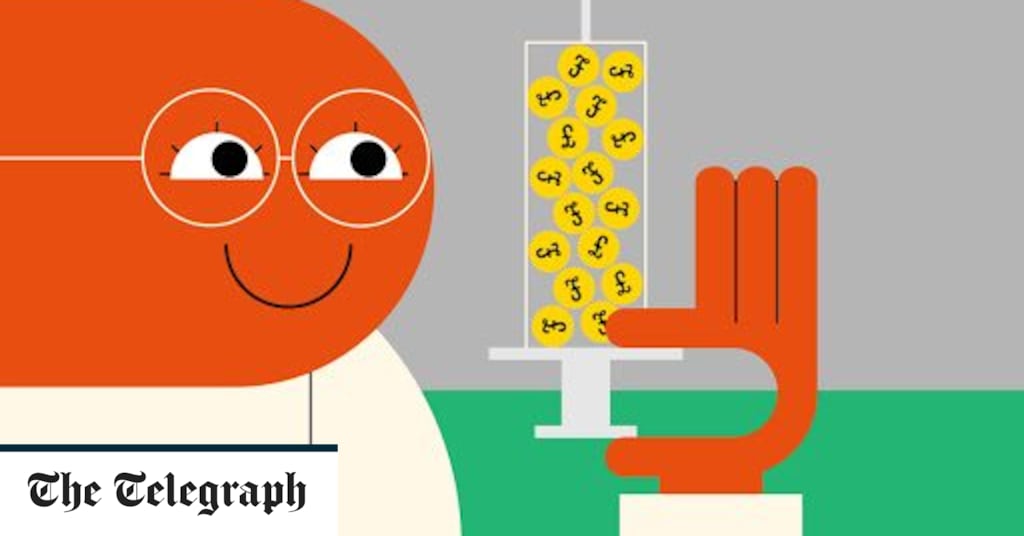Write to Kate with your pension problem: pensionsdoctor@Finance.co.uk. Columns are published twice a month on Tuesday mornings
Kate,
I’ve been furloughed and my employer is looking to make redundancies. I’m considering taking up this option. As my employer’s contractual redundancy pay is higher than the statutory minimum, I’d like to pay some of my redundancy payment into my pension as I don’t need all of the income. Is this possible? I’m age 50 and I’m not thinking about retiring soon.
Tony
I’m really sorry to hear that you might be made redundant, but it looks like you’re weighing up the options to see what works best for you. As your employer pays above the statutory minimum at least you should have a reasonable termination payment should you decide to take redundancy.
The job retention scheme ends on 31 October, and there will be many people in similar circumstances, and many who already have received their redundancy notices.
Redundancy rights
Provided you have been employed by your company for two or more years continuously you’ll be entitled to statutory redundancy pay. Many employers, like yours, provide contractual redundancy for their employees. This gives employees better rights and higher redundancy payments than the statutory minimum.
Pension options
In terms of your pension, redundancy gives you several choices. Although your employer will stop making pension contributions, depending on the type of pension scheme you’re a member of, you may be able to continue making contributions to it once your service is terminated. If not, you may need to set up a new pension arrangement.
The minimum pension age for accessing your pension is currently 55, although the Government recently confirmed this will rise to age 57 from 2028.
Furlough and redundancy
As you’re on furlough it’s important you’re aware that you’re entitled to receive full redundancy payments based on your normal pay, not your reduced furloughed pay (if lower). This applies to both statutory and contractual redundancy payments. During redundancy notice periods you’re entitled to full pay and any payments in lieu of notice must also be based on full pay.
Ask Kate a question | The Telegraph’s pensions doctor
Payments on being made redundant
You may receive several different payments from your employer on being made redundant. As well as redundancy pay for the loss of your job, you may also be due a final payment of your normal pay including any bonus accrued or overtime due, a payment in lieu of notice (PILON) and holiday pay.
The first £30,000 of redundancy pay is tax-free and isn’t regarded as earned income by HM Revenue & Customs. Statutory redundancy pay is completely free of tax as the maximum statutory limit is below the £30,000 threshold. Any part of contractual redundancy pay that exceeds the £30,000 tax-free element is taxable under PAYE. Any amounts paid in addition to redundancy pay (such as salary, bonuses, overtime, PILON and holiday pay) are likely to be taxable.
Your employer should provide a breakdown of the payments showing the amounts that are and aren’t subject to income tax (and National Insurance contributions).
Pensions and redundancy
It’s possible to pay part or all, of your taxable redundancy payment into your pension. There are two ways of doing this.
If your employer agrees, you can pay the taxable element of your redundancy payment into your pension as an employer contribution. This is known as a "redundancy sacrifice".
Pension tax relief | How does it work?
If this option isn’t open to you, once your employer has paid your redundancy payment via PAYE you can pay a personal contribution into your pension scheme. You’ll need to arrange this yourself.
If you contribute to a personal pension, your pension provider will claim back 20pc basic rate tax relief on your behalf and pay this into your pension. If you pay income tax at a higher rate, you will have to claim any excess tax relief entitlement via your self-assessment tax return or your local tax office. Any redundancy payment above the £30,000 tax-free element counts as "relevant earnings" and you’ll need to have enough earnings in the tax year you’re made redundant to justify your contribution.
Annual allowance and carry forward
Generally, the maximum amount you can save into a pension annually, without incurring a tax charge, is £40,000. This is called the annual allowance, and includes all contributions made by you, your employer and any third party on your behalf. Your own contributions are limited to the greater of 100pc of your relevant UK earnings in the tax year or £3,600 (gross of tax relief).
It’s possible to pay in more than £40,000 by "carrying forward" unused pension tax allowance from the three previous tax years. This means you’re able to look back three years to 2017-18 and work out the total amount of pension contributions paid in each tax year. If contributions were less than your annual allowance in these tax years, there may be scope to pay additional contributions in the current tax year.
One final point is that the "tapered" annual allowance rules may be relevant if you’re a high earner in the tax year you’re made redundant or in any carry forward years you want to make use of. If you are subject to the tapered annual allowance in the tax year you’re made redundant, then this will limit how much you can put into your pension.
























Comments